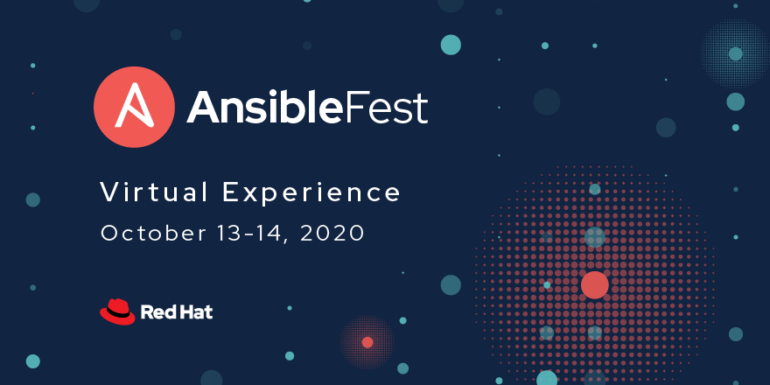DevOps, like the name says, is all about making it easier to integrate development and operations. Red Hat‘s take on DevOps, Ansible, is all about making it easier to run cloud-native and hybrid-cloud platforms on the cloud. At 2020’s AnsibleFest, Red Hat announced that Ansible would connect traditional server and hybrid cloud with Ansible Automation Platform and Red Hat OpenShift, its Kubernetes platform, with Red Hat Advanced Cluster Management (ACM). At the same, time Ansible now comes with over 55 ready-to-run programs via its Ansible Content Collections.
Red Hat’s latest Ansible Content Collections provides users with the most up-to-date cloud platform content. These bundles of software modules, plugins, roles, and documentation make it much easier to deploy complex programs with the up-to-date security required for production-ready workloads.
Collections are available for many popular networks, security, and cloud partners, including AWS, Arista, Cisco, IBM, Juniper, Splunk, VyOS platforms, and more. With these, you can easily automate manual tasks and processes with confidence since they’ve been tested and backed by Red Hat’s support teams.
To manage these, you can use Ansible Automation Hub. This is a managed cloud service to provide easy access to certified Ansible content. You can also use the Private Automation Hub to manage and curate your own private Ansible content and trusted Red Hat content.
Simultaneously, the integration between the Ansible Automation Platform and ACM addresses the pain points between traditional and cloud-native technologies. ACM deals with cloud-native container management and monitoring. But, when you need an application-level or traditional IT workflows, it acts as a control plane across Red Hat OpenShift clusters.
Ansible then takes over to do such traditional DevOps tasks as deploying system updates, load balancers, and server resources. The marriage gives you a single workflow to manage complex hybrid cloud environments. This way companies can more easily choose between their current IT requirements and those they’ll need in a hybrid-cloud future.
Mary Johnston Turner, IDC‘s research vice president of Cloud Management, thinks this is a good idea: “Interest in consistent cross-cloud management and visibility is rapidly increasing as enterprises move more workloads into hybrid and multi-cloud infrastructure platforms, including both VM and container-based environments,” Turner said.
Many enterprise cloud infrastructure management decision-makers find it important “to have management tools and capabilities that span across multiple cloud environments, including public, private, hosted, and edge locations. The addition of automation functionalities helps further extend effective management across the hybrid cloud,” Turner added.



